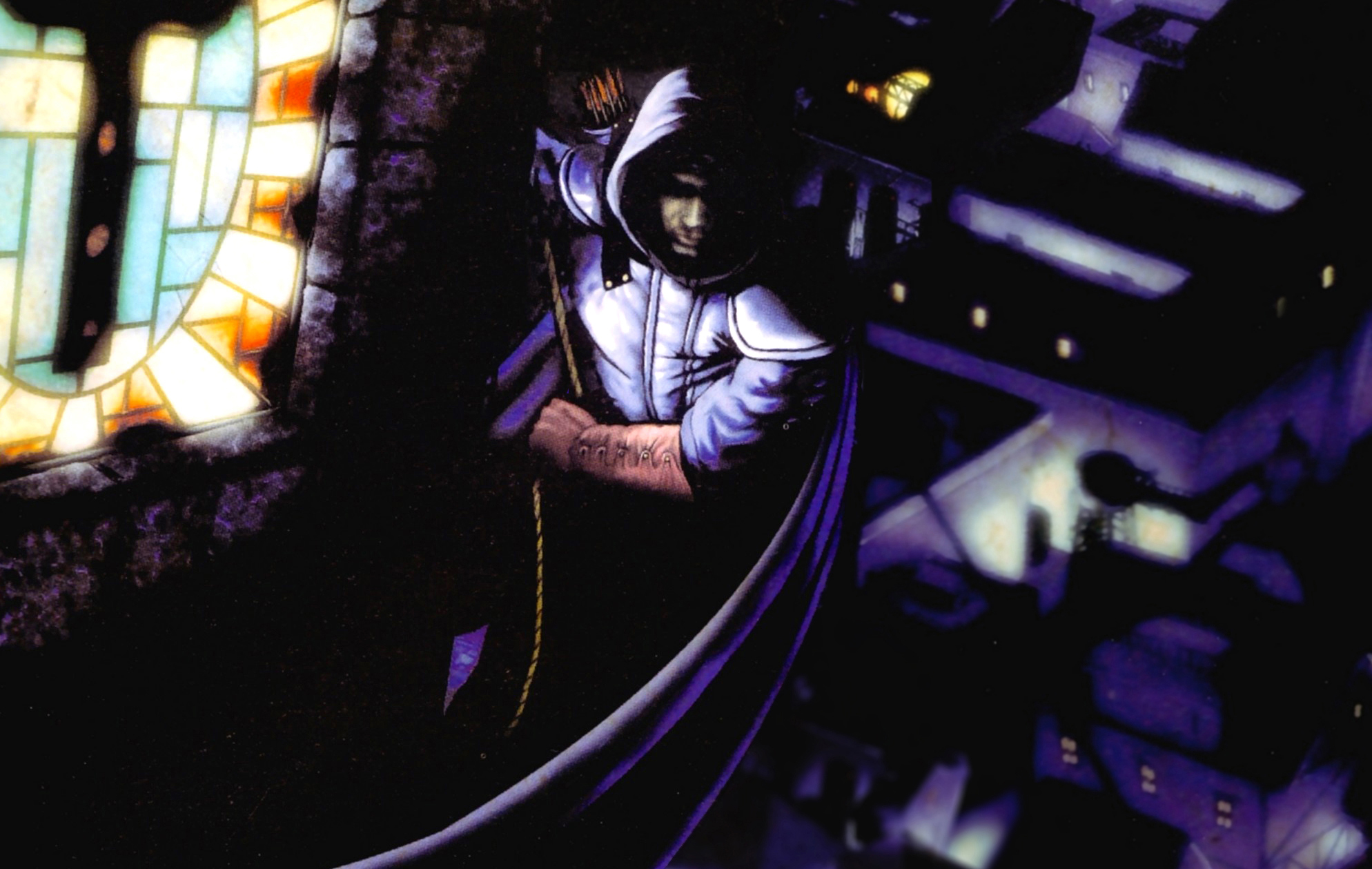
In recent years, video game companies like Nintendo and PlayStation have set expectations for any pre-recorded shows by announcing beforehand what kind of stream viewers should expect — whether focused on indie games, third-party titles, or about a specific game. This has been a welcome change as it sets appropriate expectations for an upcoming Nintendo Direct or State of Play showcase. After all, nobody will expect to see a new Zelda trailer during a Splatoon 3 Direct.
Sony did this too for its most recent State of Play earlier this week, announcing that the show will primarily focus on PSVR 2, Rocksteady’s Suicide Squad, and some indie and third-party games. But if the recent State of Play showcases have demonstrated anything, it’s that there’s a difference between setting the right expectations, and making it so that viewers should have no expectations at all.
Let’s start with PlayStation VR 2, which was just released to critical acclaim. Having spent a few hours with it myself, I can tell you that the tech underlying Sony’s newest VR headset is definitely something to write home about. Still, much has been made about the launch lineup of games which consists of one new first-party release (Horizon: Call of the Mountain) and several releases that are readily available on rival headsets.
When PlayStation announced that the State of Play would showcase five new PlayStation VR 2 games, the expectation would be that at least one of them would be a showstopper, meant to highlight a high-end product that was just released. Instead, the lineup consisted of titles that could have easily slotted into the rest of PlayStation VR 2’s launch offerings.
The reason for PlayStation State of Plays being what they are is both completely understandable, and self-defeating.
When I spoke with my colleague Brian Altano to discuss the State of Play, he aptly said, “The State of Plays, in general, have largely settled into a groove with their format, but it isn’t a great groove. They’re largely missing the fun surprise element that Nintendo Directs have.”
If the new PlayStation VR 2 reveals were a letdown for you as it was for me, it has to do with what I think is a disconnect between what PlayStation considers a surprise versus what the audience expects is an appropriate surprise.
For example, Nintendo ended its last Direct with Metroid Prime Remaster as a shadow drop, which falls in line with a showcase meant to highlight some first-party offerings. Xbox’s developer showcase featured the surprise release of Hi-Fi Rush for a similar, first-party-oriented stream that also continued to push for the ongoing benefits of Xbox Game Pass (which Hi-Fi Rush released on).
Sony set the audience up for a showcase headlined by five new PlayStation VR 2 games, and it seemed the biggest surprise was a new VR title from Enhance, the developers of one of my favorite games of all time, Tetris Effect. A tantalizing VR game for sure, but not one I would consider as something that could move a $550 VR headset on its own. And with a May release date, it’s not something current PlayStation VR 2 owners can enjoy immediately either.
The second headliner in the State of Play is Rocksteady’s Suicide Squad Kill the Justice League, a game that has few surprises left ahead of its May release date. The extended gameplay reveal did not share information that wasn’t previously known, and the elements that were confirmed — that it will be a live-service game with battle passes and gear levels — has been more of a concern for players than points of excitement. The reveal wasn’t even Warner Bros.’ biggest of the day after the company’s CEO David Zaslav let slip that Mortal Kombat 12 would be released later this year.
The reason for PlayStation State of Plays being what they are is both completely understandable, and self-defeating. As owners of the most popular gaming platform and with an enviable stable of first-party studios, Sony must work double to ensure fans come into the State of Plays with the right expectations, lest they leave completely disappointed that there’s no surprise God of War or The Last of Us or Ghost of Tsushima announcement. But by being so cautious about inflated expectations, Sony has created a series of showcases bereft of any surprises, making me wonder if the State of Plays are even necessary at this point when I get far more information from a PlayStation Blog.
One suggestion would be to make these shows more focused on a single topic. If PlayStation wants to do a VR State of Play, it should go all-in. Likewise, if PlayStation wants to update fans on third-party games, it should dedicate an entire show to those as well. Even if the entire State of Play was dedicated to one game, like Suicide Squad Kill the Justice League, a State of Play could offer a meaningful update on the anticipated title. By focusing on a single lane, Sony can manage expectations while still deliver meaningful updates on either its games or hardware. Hell, even a new PlayStation Productions show.
I get far more information from a PlayStation Blog.
By having a little of everything, and under-delivering on some of the headline items, State of Plays won’t be able to capture the same “must-watch” designation as shows put on by the other console-makers. But we know that this format works, and if PlayStation can zero in on what’s important to players, it can compete alongside Nintendo and Microsoft.
Matt T.M. Kim is IGN’s Senior Features Editor. You can reach him @lawoftd.






